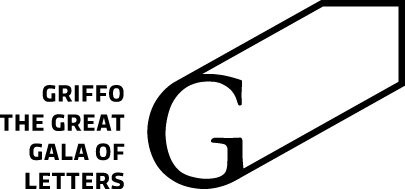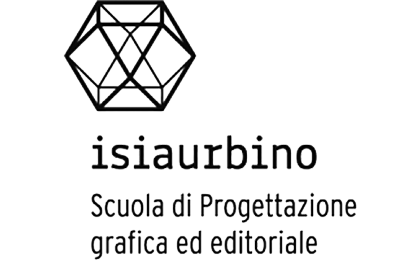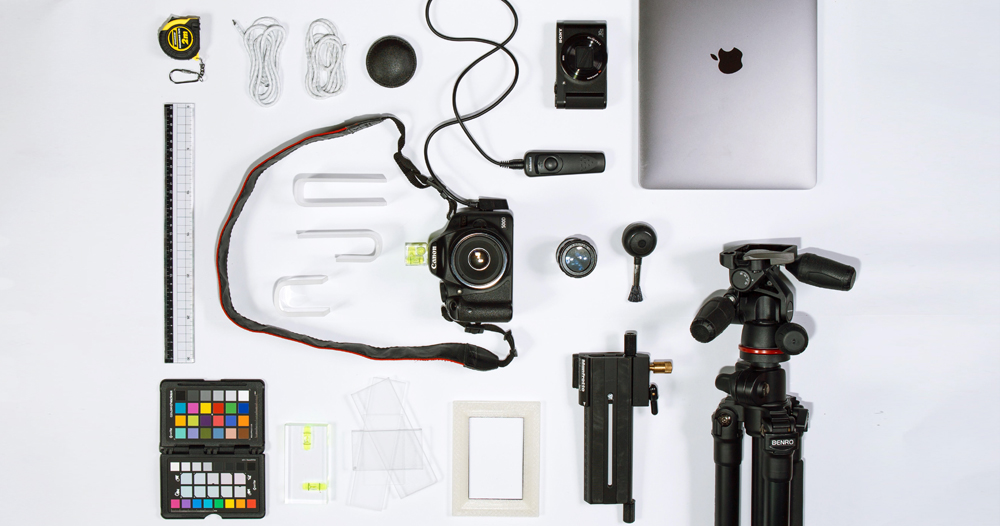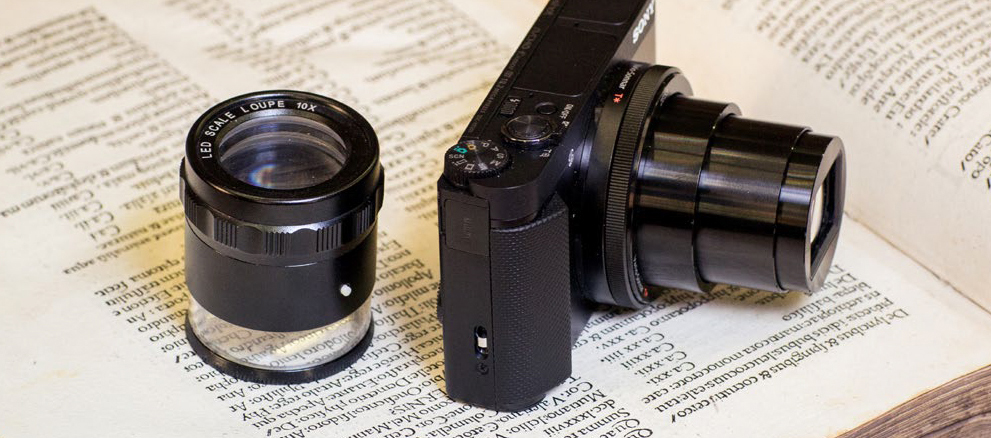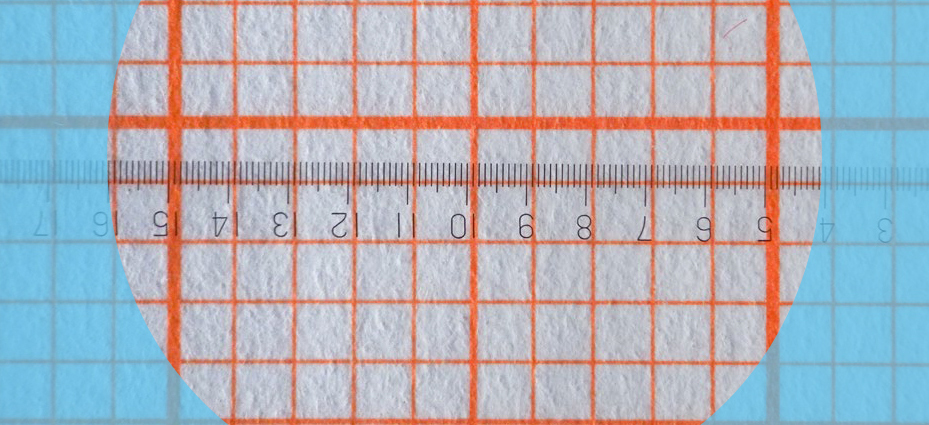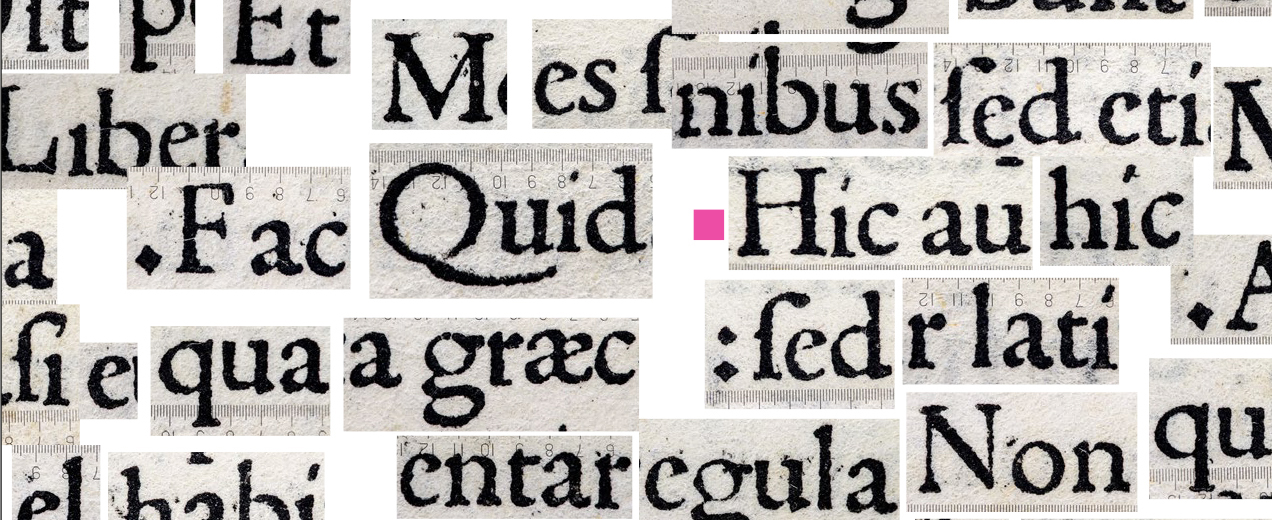Griffo’s italics. Type analysis project
In collaboration with ISIA Urbino
2018
This research concerning comparative analysis of the italic typefaces attributed to Francesco Griffo is organised and promoted by Griffo, the great gala of letters. Prof. Luciano Perondi’s first year students at the ISIA in Urbino are carrying out the research with assistance from Riccardo Olocco.
The purpose of the project is to identify objective similarities and affinities of the italics that are known to have been cut by Griffo with other italics that were attributed to him by Luigi Balsamo and Alberto Tinto in their seminal Origini del corsivo nella tipografia italiana del Cinquecento, Il Polifilo, Milan 1967. Research work by the students will begin with studies of historical and bibliographical sources as well as books concerning Francesco Griffo and his documented and surmised relationships with contemporary printers who used italic types. Following this the students will gain technical knowledge and familiarity with procedures necessary for the research. They will research by applying Olocco’s methods of photographic reproduction and micro analysis of type developed during his PhD at the University of Reading (Department of Typography & Graphic Communication).
Field research will involve about ten sixteenth-century books to be photographed with the utmost care. The new method of analysis developed by Olocco requires the use of a precision loupe and a digital camera for macro images of type at very high resolutions. Further requirements are a reflex camera and a tripod, necessary for photography of portions of printed pages for examination of paragraphs of type (letter-spacing, interlinear spacing and alignments etc.).
Olocco explains that he has applied his method intensely during his research over the past two years. ‘In my thesis (in progress) I will show and discuss four important samples of 15th-century Venetian type designs where I combine bibliographical research and type analysis, displaying several pieces of information that can be extracted by overlaying letters reproduced from the original books.’
Photographic documentation obtained with this method will give essential information for a deep and painstaking comparative analysis of the italic types which are the object of the research. Results will be published on the website griffoggl.com.
